The Streak Continues: 300
Yesterday I made more progress on my 2013 tax return. Swim, nap, meditation, ice bath, and a another good night’s sleep. This blog post, the 300th in a row, took me more than 4 1/2 hours to prepare. It was published at about 9:45am from my home in Indian Lake Estates, FL.
The 3rd draft of the DPP 4.0 guide went out to our skilled, amazingly-qualified group of volunteer reviewers yesterday afternoon.
As always, I would appreciate your using the BIRDS AS ART B&H affiliate links for all of your major gear, video, and electronic purchases, using our Amazon logo-link for all of your household purchases, and visiting the BAA Online Store for your tripod, tripod head, LensCoat, miscellaneous, accessories, and eGuide purchases as well. Please remember, web orders only. 🙂 Please remember also that all are invited to e-mail for gear advice.
GALAPAGOS Photo Cruise of a Lifetime IPT/The Complete Galapagos Photographic Experience. July 14-28, 2015 on the boat. 13 FULL and two half-days of photography: $12,499. Limit 14 including the leader:/Openings: 5.
Though my two-week Galapagos Photo-Cruises are without equal there are too many openings on the 2015 cruise. If you are at all interested, please get in touch with me via e-mail. I would be glad to design a personalized payment schedule for you.
My trip has world’s best guide, a killer itinerary, a great boat (the Samba), and the best leader with eight Galapagos cruises under his belt. Pre-trip and pre-landing location-specific gear advice. In-the-field photo instruction and guidance. Jeez, I almost forgot: fine dining at sea! See below for more info and the complete details.
|
This image was created on the 2013 Galapagos Photo-Cruise with the hand held Canon EF 200-400mm f/4L IS USM Lens with Internal 1.4x Extender (with the internal TC in place at 420mm) and the Canon EOS-1D X. ISO 400. Evaluative metering +1 stop: 1/250 sec. at f/11 in Manual mode. Central Sensor/AI Servo-Surround/Rear Focus on the base of the chick’s bill was active at the moment of exposure. Click here if you missed the latest version of the Rear Focus Tutorial. Click on the image see a larger version. Blue-footed Booby chick and dead chick at nest |
Variety, the Spice of Life. And Death…
The Galapagos archipelago is and has been one of the premier photographic locations on the planet for decades for good reasons: the species diversity, the beauty, the tameness of the birds and animals, and a chance to view life and death and even evolution close up and personal with your own eyes.
I do not know of another photo cruise that includes Isla Lobos on its itinerary. For me it is a can’t miss landing, one of the many on my two week Galapagos Photo Cruise. For the past few years we have always enjoyed nesting Blue-footed Boobies with chick of all sizes. Totally tame and totally accessible.
|
This image was also created on the 2013 Galapagos Photo-Cruise. Again I used the hand held Canon EF 200-400mm f/4L IS USM Lens with Internal 1.4x Extender (with the internal TC in place this time at 448mm) and the Canon EOS-1D X. ISO 400. Evaluative metering +1 stop: 1/1250 sec. at f/6.3 in Manual mode. One sensor left of the central Sensor/AI Servo-Surround/Rear Focus on the bend of the bird’s neck was active at the moment of exposure. Click here if you missed the latest version of the Rear Focus Tutorial. Click on the image see a larger version. Striated Heron, begging fledgling |
Persistence, and DPP 4.0 Pay Off in the Long Run
Though Hood Island and Tower Island are the two top Galapagos landings, one of them is always missed on week-long cruises. For the past few years on my two-week trips we have always visited both, Tower Island twice. We should be able to arrange two visits to either Hood or Tower on the upcoming 2015 Photo-Cruise.
We finished our long walk from the dock to the Waved Albatross colony and back at about 10:30. Most of the group was anxious to get back to the Samba I asked Juan, our great guide, if it would be OK for some of us to stay by the concrete wharf and the surrounding rocks to photograph. Only one participant opted to remain with me. Within minutes I discovered this tame begging Striated Heron fledgling nearby. I was so excited that I botched the exposure, badly over-exposing the tuft of white feathers on the back. I was never happy with the images from the series that were optimized in ACR. I optimized this one in DPP 4.0 last night and was thrilled with the results.
|
This image was also created on the 2013 Galapagos Photo-Cruise with the hand held Canon EF 200-400mm f/4L IS USM Lens with Internal 1.4x Extender (this time at 219mm) and the Canon EOS-1D X. ISO 400. Evaluative metering +1 stop: 1/1000 sec. at f/9 in Manual mode. One sensor below and one sensor to the right of the central Sensor/AI Servo-Surround/Rear Focus on the base right flipper of the upright sea lion was active at the moment of exposure. Click here if you missed the latest version of the Rear Focus Tutorial. Click on the image see a larger version. Galapagos Sea Lions |
Under-exposed Dark Tones and DPP
The stop of light that I added to the exposure for this image was nowhere near enough to bring up sufficient detail in the animal’s blacks and browns. The Shadow slider in DPP 4.0 is far more effective than any other Shadow slider I have ever met, and unlike the rest it does not increase the noise in the dark tones.
Though Gardner Bay at Hood Island with its pure white sand beaches is the traditional spot to photograph Galapagos Sea Lions of all ages, we often encounter these marine mammals on many of our landings. These two were photographed on Santa Fe. Of note at Gardner Bay are the large groups of marauding juvenile Hood Mockingbirds.
|
Here is another one from the 2013 Galapagos Photo-Cruise. For this one I used the Gitzo 3532 LS carbon fiber tripod and my beloved Mongoose M3.6 head, the Canon EF 200-400mm f/4L IS USM Lens with Internal 1.4x Extender (this one at 325mm) and the Canon EOS-1D X. ISO 400. Evaluative metering -1/3 stop: 1/160 sec. at f/18 in Manual mode. Central Sensor/AI Servo-Surround/Rear Focus on creature’s face and re-compose. Click here if you missed the latest version of the Rear Focus Tutorial. Click on the image see a larger version. Marine Iguana carcass (posed) |
Carcass Photography
When I saw this desiccated Marine Iguana carcass on the rocks at James Bay, Puerto Egas, Santiago, I could not resist setting up a neat shot. So I did. James Bay is superb for Darwin’s finches, oystercatchers, Striated Herons, lots of live Marine Iguanas :), Sally Ligthfoot Crabs, and lots more. It is pretty much the only location on the trip where we get to to view and photograph Galapagos Fur Seal.
|
This image is also from the 2013 Photo-Cruise. With the Gitzo 3532 LS carbon fiber tripod, the Mongoose M3.6 head, the Canon EF 600mm f/4L IS II USM lens, the Canon Extender EF 2X III, and the Canon EOS-1D X. ISO 800. Evaluative metering +1/3 stop as framed: 1/125 sec. at f/11 in Manual mode. Central Sensor (by necessity)/AI Servo-Expand/Rear Focus AF on the owl’s eye and re-compose. When you add the 2X TC to an f/4 lens with the 1DX or the 5D III hit the MFn button once to toggle to AF Expand and enjoy 4 extra AF sensors. Learn everything there is to know about the 1D X and 5D III AF systems including how to manage the various AF Area Selection Modes, when to use which one, and several ways to move the AF sensor around in the 1D X AF Guide and the 5D Mark III User’s Guide. Click here to see the latest version of the Rear Focus Tutorial. Click on the image to see a larger version. Short-eared Owl head portrait |
Tower Island
Tower Island if rife with nesting frigatebirds, nesting Nazca and Red-footed Boobies (with lots of white morph red-footeds), and nesting Swallow-tailed Gulls, our afternoon landing at Prince Phillips’ Steps offers our best chance at Short-eared Owl. In 2013 this bird flew at us from a long way away and landed within yards of the group. How lucky can you get?
|
Last one for today from the 2013 Galapagos Photo-Cruise. This one with the with the Canon EF 24-105mm f/4L IS USM lens (hand held at 28mm) and the Canon EOS-1D X. ISO 400. Evaluative metering +1 stop: 1/200 sec. at f/8 in Av mode. Central sensor AI Servo Surround Rear Focus AF one third of the way into the frame and re-compose. Click here if you missed the latest version of the Rear Focus Tutorial. Click on the image to see a larger version. Rocky shelf, Punta Pitt, San Cristobal |
Landscapes
If you can tear yourself away from the birds and other wildlife there are some beautiful and dramatic landscapes there for the taking in the Galapagos. Punta Pitt (seen above) and South Plaza come to mind.
|
Do consider joining me for a once in a lifetime trip to the Galapagos archipelago in July, 2015. |
GALAPAGOS Photo Cruise of a Lifetime IPT/The Complete Galapagos Photographic Experience. July 14-28, 2015 on the boat. 13 FULL and two half-days of photography: $12,499. Limit 14 including the leader:/Openings: 5.
My two-week Galapagos Photo-Cruises are without equal. The world’s best guide, a killer itinerary, a great boat (the Samba), and the best leader with eight Galapagos cruises under his belt. Pre-trip and pre-landing location-specific gear advice. In-the-field photo instruction and guidance. Jeez, I almost forgot: fine dining at sea!
The great spots that we will visit include Tower Island (including Prince Phillips Steps and Darwin Bay), Hood Island (including Punta Suarez, the world’s only nesting site of Waved Albatross, and Gardner Bay)—each of the preceding are world class wildlife photography designations that rank right up there with Antarctica, Africa, and Midway. We will also visit Fernandina, Puerto Ayora for the tortoises, Puerto Egas—James Bay, North Seymour and Isla Lobos for nesting Blue-footed Booby (most years), South Plaza, Floreana, and Urbina Bay, all spectacular in their own right. We visit every great spot on a single trip. Plus tons more. And there will he lots of opportunities to snorkel on sunny mid-days for those like me who wish to partake.
We will be the first boat on each island in the morning and the last boat to leave each island every afternoon. If we are blessed with overcast weather, we will often spend 5-6 hours at the best sites. And as noted above, mid-day snorkeling is an option on most sunny days depending on location. Note: some of the walks are a bit strenuous. Great images are possible on all landings with a hand held 70-200mm lens and a 1.4X teleconverter. I bring a longer lens ashore on most landings as that fits my style. I generally work with either the Canon 300mm f/2.8L IS or the Canon 200-400mm f/4 L IS with Internal Extender.
Do know that there is a NatureScapes Galapagos trip: one week for $8495. Thus, my trip represents a tremendous value; why go all that way and miss half of the great photographic locations?
The Logistics
Fly to Guayacil, Ecuador on July 12, 2015. Travel insurance/rest day: July 13 (We may or may not offer a photo outing on the 13th). Fly to the archipelago on July 14 and board the Samba. Get off the boat on July 28. Fly to Guayacil that afternoon. Fly home on the early morning of July 29 unless you are staying on or going elsewhere (or catching a red-eye flight on the evening of the 28th).
$12,499 includes just about everything: all transfers, guide and park fees, all food on the boat, transfers and ground transportation, your flights to the archipelago, and three nights (double occupancy) in a top notch hotel in Guayacil. If you are good to go, a non-refundable deposit of $5,000 per person is due immediately. The second payment of $4,000 is not due until 11/1/14. The final payment of $3749 per person will be due on 2/1/15. A $200 discount will be applied to each of the balances for couples or friends who register at the same time.
Purchasing travel insurance within 2 weeks of our cashing your deposit check is strongly recommended. On my past two cruises a total of 5 folks were forced to cancel less than one week prior to the trip. My family and I use Travel Insurance Services and strongly recommend that you do the same.
Not included: your round trip airfare from your home to and from Guayacil, beverages on the boat, phone calls, your meals in Guayacil, personal items, and a $600/person cash tip for the crew and the guide—this works out to roughly $40/day to be shared by the 7 folks who will be waiting on us hand and foot every day for two weeks. The service is so wonderful that many folks choose to tip extra.
Please e-mail for the complete itinerary and for additional info and images. Please cut and paste “Galapagos 2015 Info Please) into the Subject line.
Be sure to like and follow BAA on Facebook by clicking on the logo link upper right. Tanks a stack!
Support the BAA Blog. Support the BAA Bulletins: Shop B&H here!
We want and need to keep providing you with the latest free information, photography and Photoshop lessons, and all manner of related information. Show your appreciation by making your purchases immediately after clicking on any of our B&H or Amazon Affiliate links in this blog post. Remember, B&H ain’t just photography!
Amazon.com
Those who prefer to support BAA by shopping with Amazon may use this link:
Amazon Canada
Many kind folks from north of the border, ay, have e-mailed stating that they would love to help us out by using one of our affiliate links but that living in Canada and doing so presents numerous problems. Now, they can help us out by using our Amazon Canada affiliate link by starting their searches by clicking here. Many thanks to those who have written.
Typos
In all blog posts and Bulletins, feel free to e-mail or to leave a comment regarding any typos, wrong words, misspellings, omissions, or grammatical errors. Just be right. 🙂

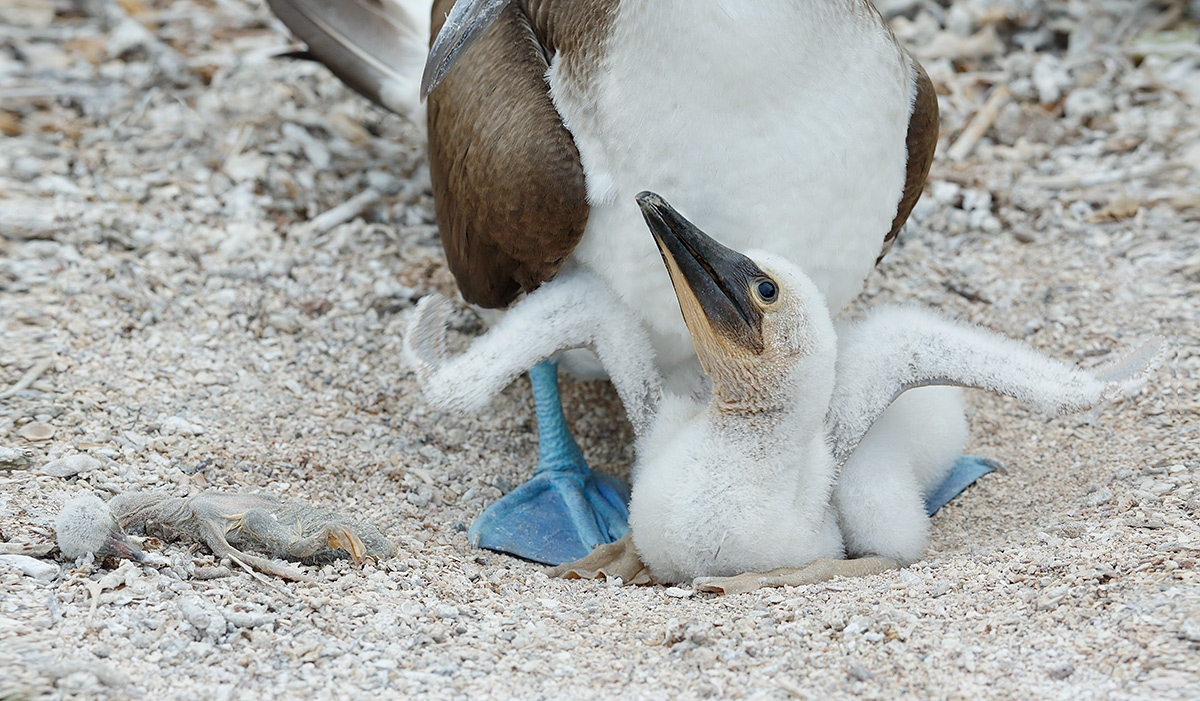
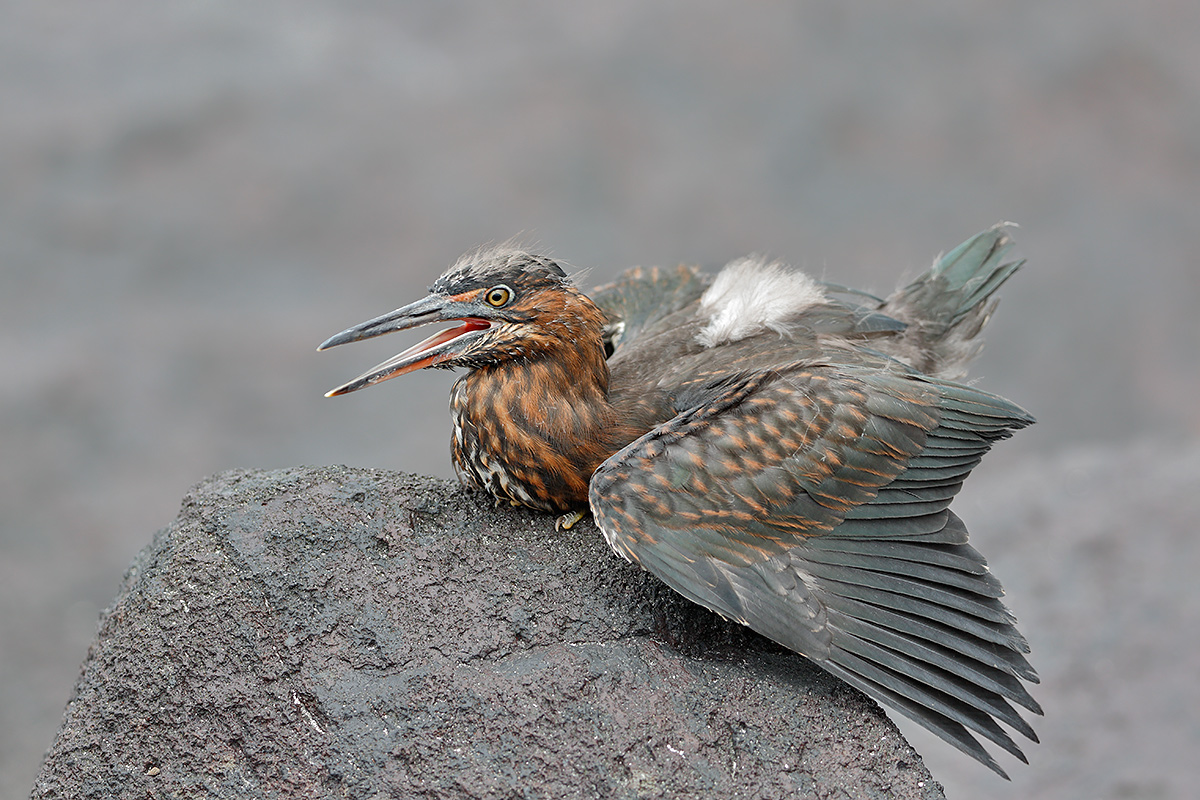
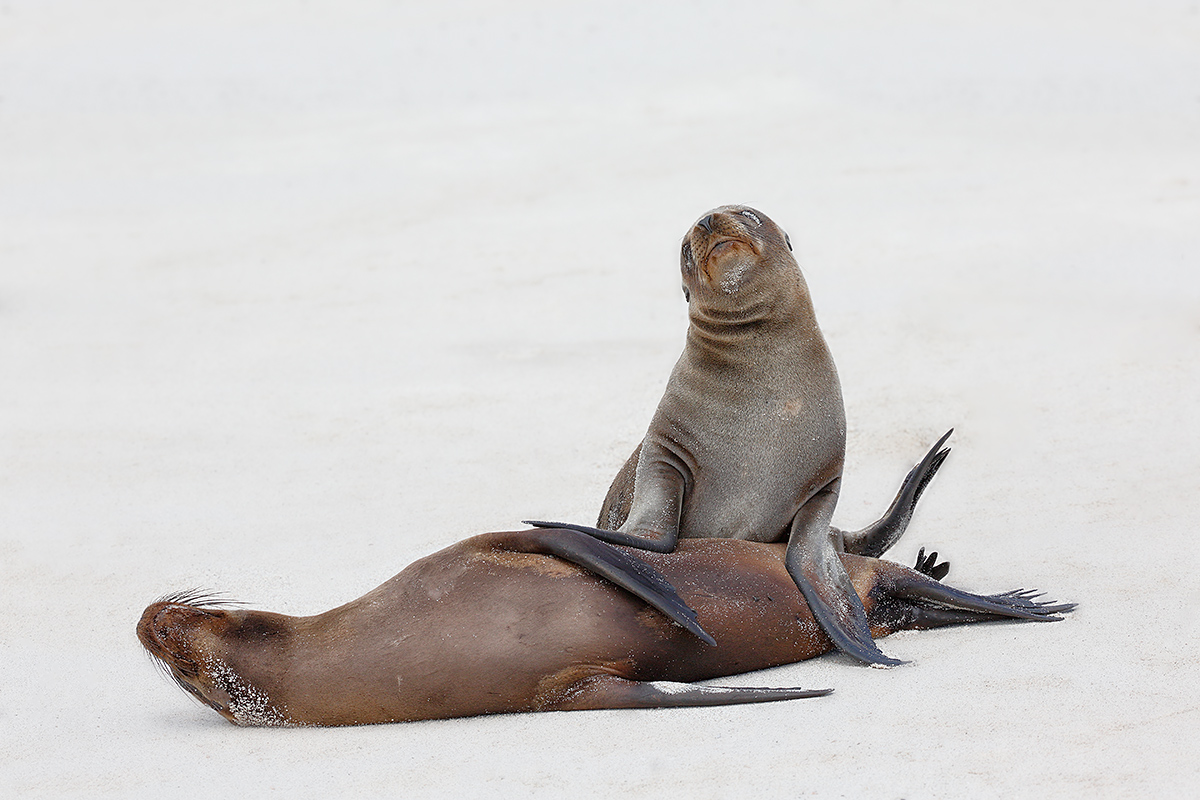
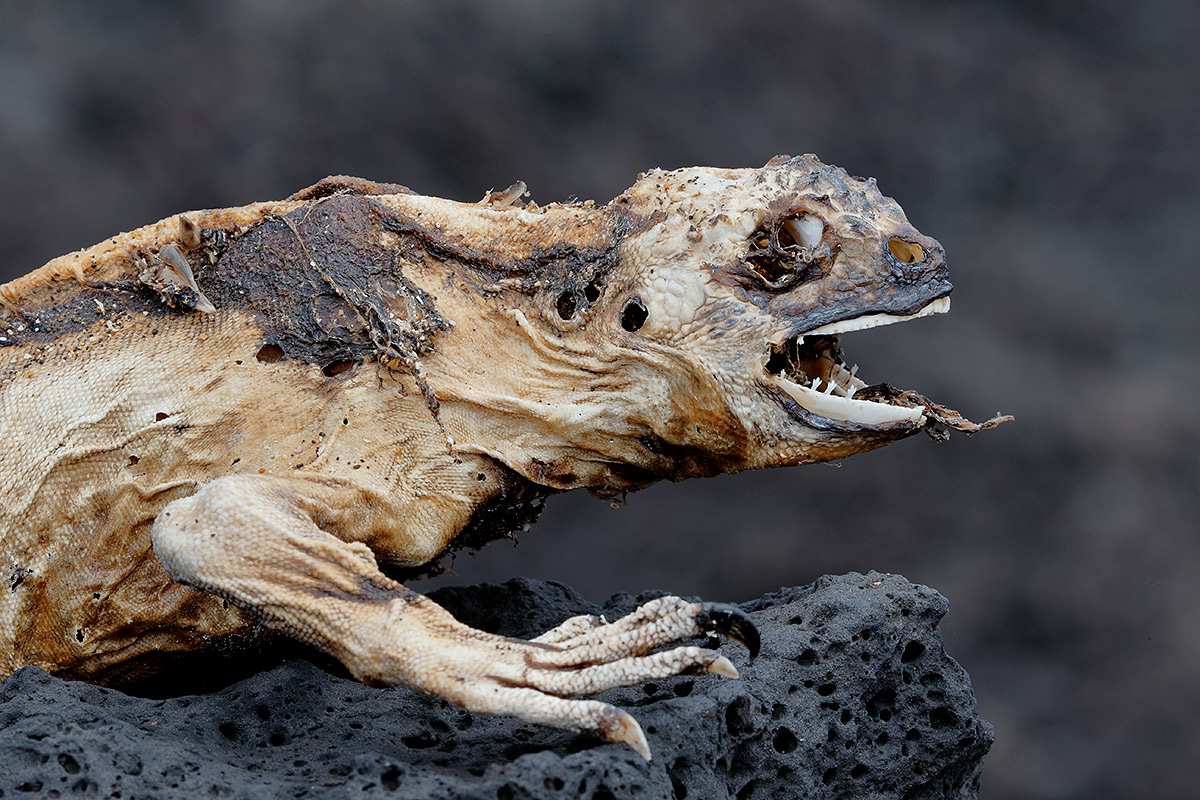
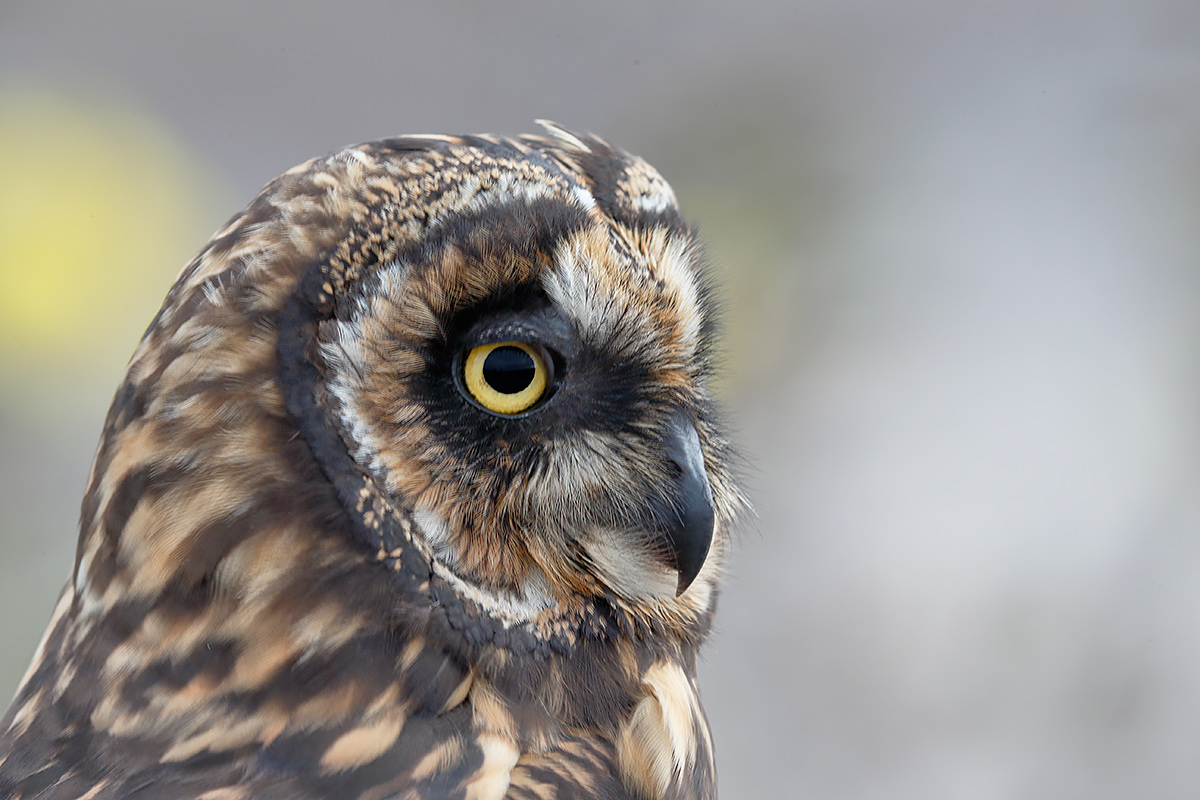
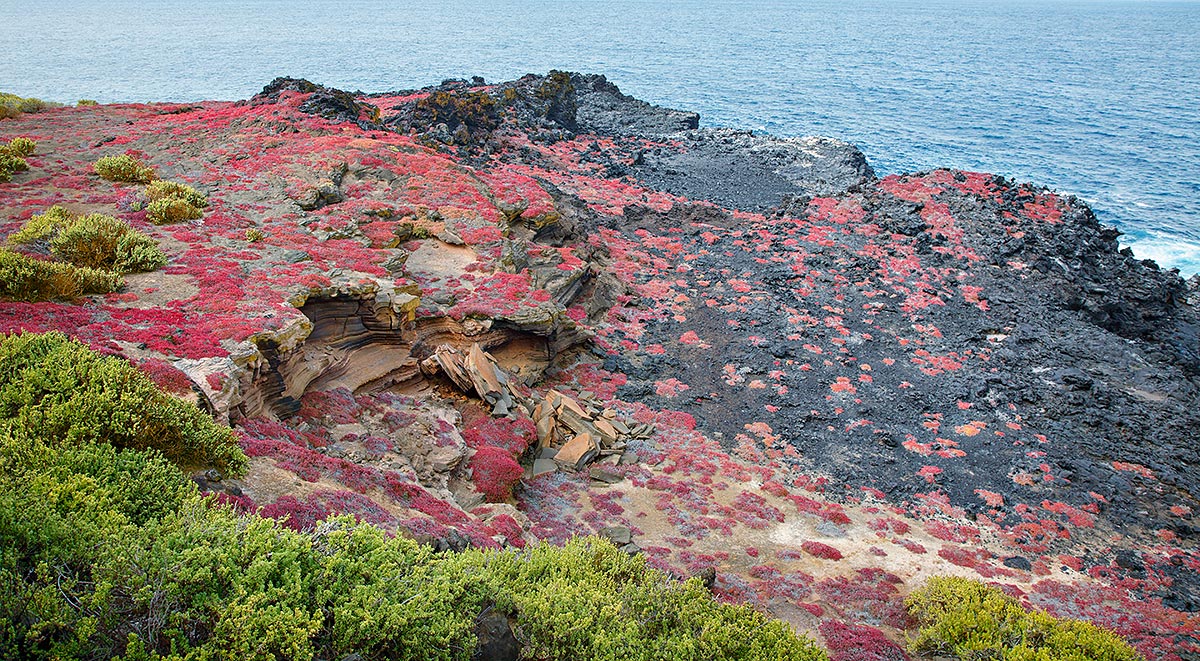
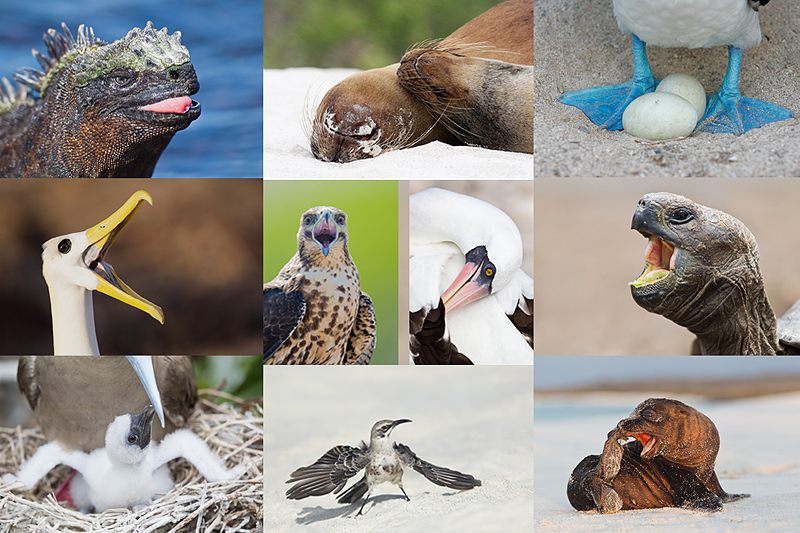













How did you get those seals into the studio?
Thanks Gary. Just a bit of beach clean-up…. artie
Hi Arthur, a lovely set of images. I particularly like the landscape photo. I also think the dead iguana is perfect for fracting.
Hi Glen
re:
Thank you for your detailed and helpful reply.
YAW.
Have you heard whether the new 7DII will be covered by DPP 4?
Right now the word is that it will not be. You need to subscribe to the blog as that was dealt with last week 🙂
Have you or Arash had an explanation from Canon as to why the new version is so restrictive in its coverage.
No clue; that is not our business 🙂
For those of us shooting a 5DIII and a 7DII or uncovered camera, this would be a pain in the butt! One hopes the new 7DII, which is supposed to be a flagship camera will be covered by DPP 4.
Agree. Here’s to hoping that they change their mind. In the meantime, folks should be writing Canon customer service and support….
best, artie
Hi Glenn,
I will anwer in green here.
re:
Artie,
I gather that some of the functions in DPP 4 are greatly improved over those in the latest versions of DPP 3.
That is correct.
There are several theoretical reasons why DPP should do a better RAW conversion of EOS images than any generic software.
Agree.
Do you see it in improved IQ of conversions even in version 3?
Not exactly sure what you are asking there but if you do things exactly right, and there-in lies the genius of Arash, IQ with DPP is superb, better than any RAW converter I have worked with. Just today I changed the Luminance NR setting from what DPP 4.0 suggested to the value that Arash suggested and there was a huge improvement. So in part, working with the new guide teaches you to not ruin your images. The current DPP 3 point whatever guide did the same thing but to a much lesser degree.
Is there decent Noise Removal in DPP 3?
Yes, but it is much better in DPP 4.0, especially the Luminance NR that is pretty much un-usable in DPP 3 point whatever.
I know the logic, and I have the software ..its free, but it isn’t very user-friendly and the working interface leaves much to be desired.
Though DPP 4.0 is much more complex than the existing versions, the interface does make a bit more sense, especially when you work with it for a awhile. There are still one or two things that bug us but it is well worth putting up with those. Heck, there is stuff in PS and ACR that leaves me shaking my head too.
Its not exactly intuitive.
Agree.
I guess that is why you have written the guides!!
That is correct. When I first opened DPP 4.0 two months ago I remember going, “What the ???” Now I zip around it quickly and easily.
In the past you have used ACR, and I believe Breeze Browser, for RAW conversions.
Correct. My last ACR conversions were probably at least 2 years ago and the same at least for the last BrBr conversions.
Is DPP significantly better in your mind for EOS images than the others (I’m thinking dynamic range, noise, colour, etc. ..not lens corrections)? Thanks!
Significantly better. That is why I use DDP 4.0 :).
artie
Whew…9:45am. I can swipe the sweat off my brow now, as the streak is no longer in jeopardy! Haha.
Yup. Included too many images and had to optimize them all. I gotta get a few more folks for this trip or I will take a big bath on the charter fees….